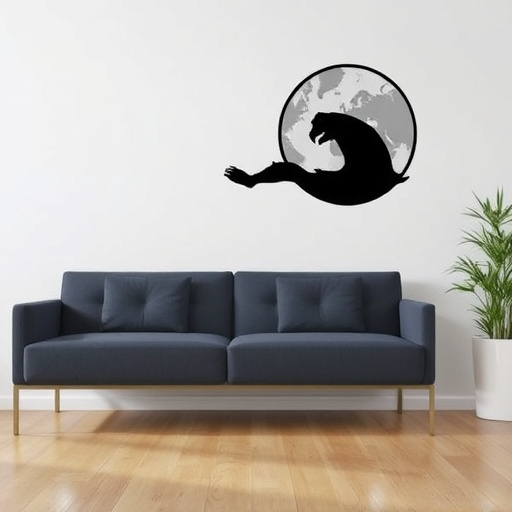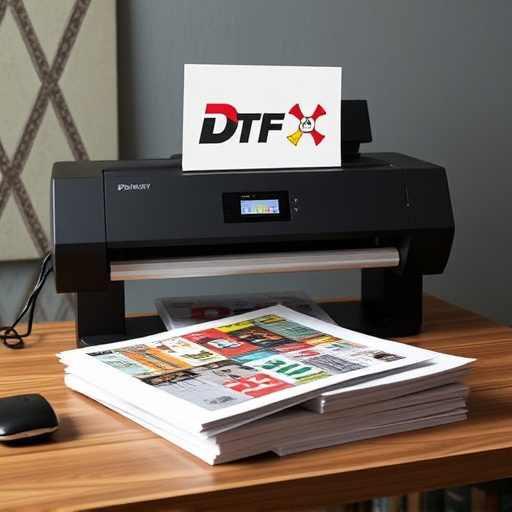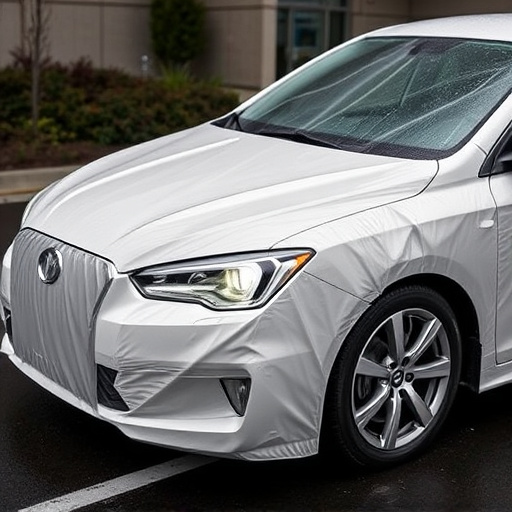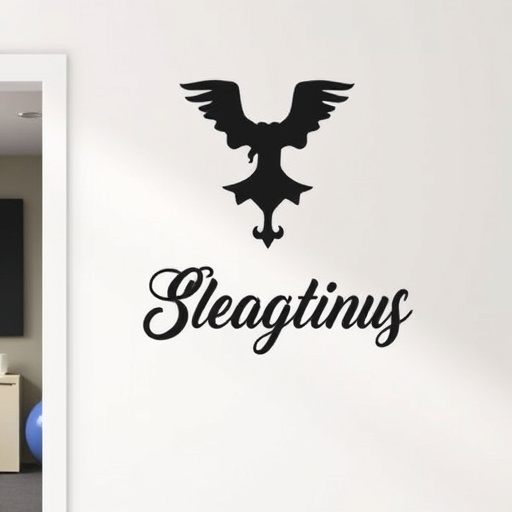When warranty expires, buyers bear costs of vehicle maintenance and repairs out of pocket. Proactive care, like scratch protectors or detail services, mitigates risks for custom graphics. Consumer protection laws still apply post-warranty, offering remedies for defective products. Extend warranty protection with extended plans, UV/scratch treatments to preserve investment.
When warranty protection expires, it marks a significant transition in consumer rights and responsibilities. This article delves into the implications of warranty expiry, guiding you through post-warranty landscapes where understanding your rights is crucial. We explore practical steps to extend protection, offering options to ensure continued peace of mind even after the initial coverage ends. By understanding these dynamics, consumers can make informed decisions and navigate the aftermath of warranty expiry with confidence.
- Understanding Warranty Expiry Implications
- Post-Warranty: Consumer Rights and Responsibilities
- Extending Protection: Options After Expiry
Understanding Warranty Expiry Implications

When warranty protection expires, it signifies a shift in responsibilities for both consumers and manufacturers. Understanding the implications is crucial for effective decision-making regarding vehicle protection. After warranty period ends, buyers are no longer covered by the manufacturer’s guarantees against defects or mechanical failures. This means that any issues arising from normal use will have to be addressed out of pocket, potentially impacting your budget.
For those who value custom graphics and scratch protection as part of their vehicle’s aesthetics, post-warranty maintenance becomes even more critical. Without warranty protection, the cost of repairing or replacing damaged paint jobs or custom designs can significantly add up. However, proactive measures such as investing in suitable scratch protectors or regular detail services can mitigate these risks, ensuring your vehicle remains in top condition beyond the warranty period.
Post-Warranty: Consumer Rights and Responsibilities

When warranty protection expires, consumers enter a phase where their rights and responsibilities shift significantly. Post-warranty, buyers are no longer entitled to free repairs or replacements covered by the manufacturer’s guarantee. This doesn’t mean they are left defenseless; instead, it’s an opportunity for them to take control of their purchases. Consumers can still rely on consumer protection laws that ensure fair trading practices and offer remedies for defective products.
In this period, it becomes crucial for buyers to understand their rights, especially when it comes to services like window tinting or high-quality finishes, or custom graphics they may have added to their purchases. They can choose to pursue repairs through authorized service centers, negotiate with the manufacturer, or even seek legal advice if the issue persists. Being proactive and informed is key in ensuring that post-warranty doesn’t equate to a loss of protection.
Extending Protection: Options After Expiry

When warranty protection expires, it’s crucial to understand that this doesn’t necessarily mean complete exposure to potential risks. There are several options available for extending this coverage and safeguarding your investment. One common approach is to explore extended warranty plans offered by manufacturers or third-party providers. These plans can provide additional years of protection against unforeseen repairs or replacements, offering peace of mind.
Additionally, considering custom graphics or UV/scratch protection treatments can be a smart move. These services enhance the aesthetic appeal and durability of your products, ensuring they remain in top condition for longer. By investing in such protections, you’re not just prolonging the life of your items but also maintaining their original value, which is beneficial if you ever decide to sell or trade them in the future.
When warranty protection expires, it’s crucial to understand the shift in consumer rights and responsibilities. While post-warranty periods may present challenges, extending protection through available options offers peace of mind. By exploring these alternatives, you can continue to safeguard your investment and enjoy enhanced confidence in your product’s longevity. Remember, being proactive about warranty management is key to mitigating risks and maximizing the value of your purchases.














